California, 7 states and DC commit to faster transition to zero-emission trucks and buses; next step is formal agreement
Green Car Congress
DECEMBER 13, 2019
California is joining with seven other states and the District of Columbia in committing to develop an action plan to put hundreds of thousands more zero-emission trucks and buses on their roads and highways. The board is expected to consider the first-of-its-kind regulation for adoption next year. —CARB Chair Mary D.


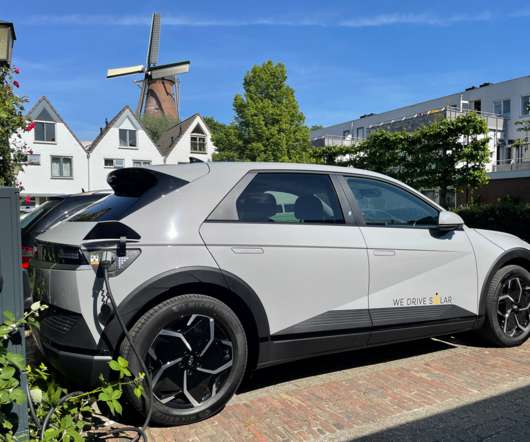


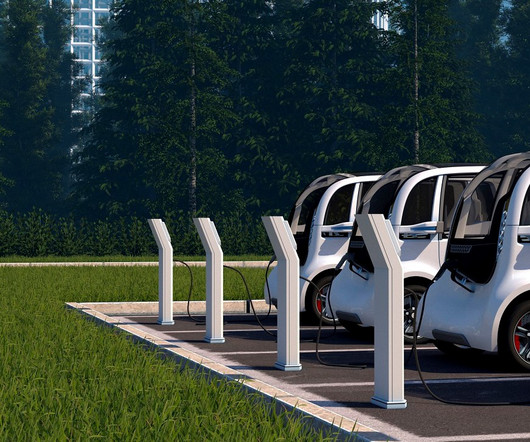



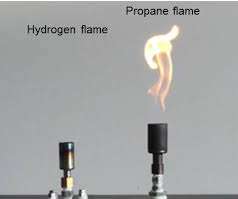
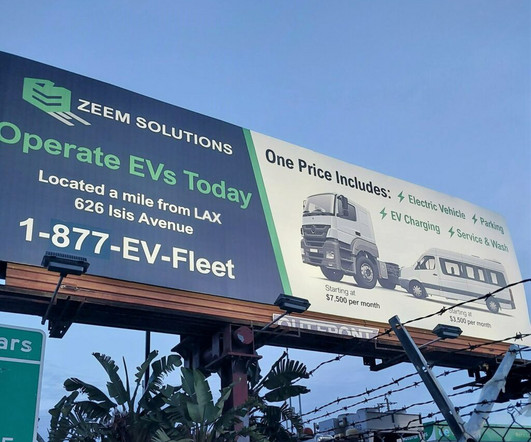

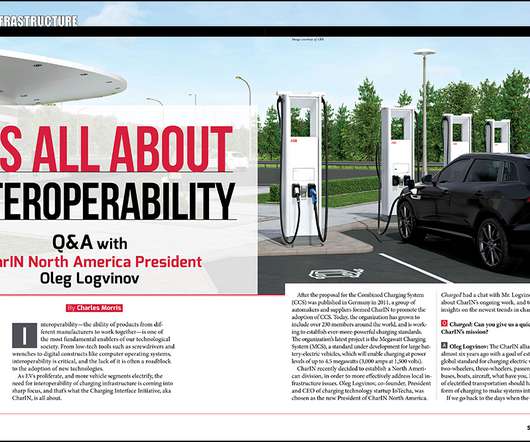







Let's personalize your content